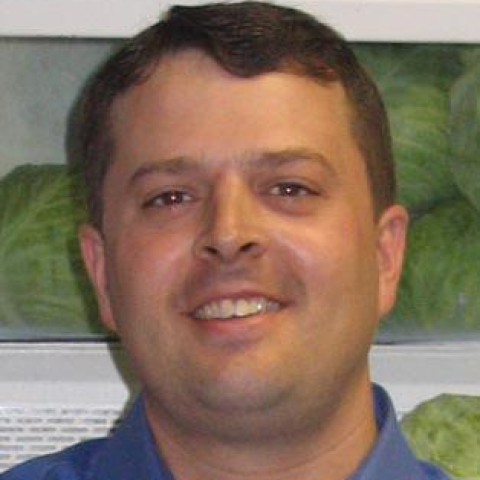Last year an activist group warned, on the basis of testing 14 fish, that farmed salmon posed a ‘grave cancer risk’ due to traces (from their feed) of dioxin, PCBs, and pesticide residues that accumulate in their tissues. The activists warned against eating farmed salmon at all.
Now Science, which has been the world’s most respected scientific journal, has published a survey of the contaminants in nearly 700 salmon from Europe and North and South America. Funded by the Pew Trust Environment program, the study says that the concentrations of organochlorine (dioxin and PCBs) chemicals are “significantly higher” in farmed salmon than in wild ones. They say, “Farmed Atlantic salmon may pose health risks that detract from the beneficial effects of fish consumption.”
This puts consumers in a real bind. Medical authorities tell us the omega-3 fatty acids found in fish are extremely beneficial to our health. Oily fish like salmon are especially healthful. However, if we reject the millions of pounds of farmed salmon, the commercial fishing pressure on wild salmon would increase, while salmon prices would skyrocket out of reach of the average household.
Are farmed salmon really a danger to our health?
The highest PCB levels found were 40 times lower than the U.S. Food and Drug Administration and World Health Organization “safe limit” of 2 parts per million (ppm). Most of the compounds were found at only a few parts per billion (ppb). (One part per billion is one inch in 16,000 miles.)
Some experts say the low contaminant levels found prove both wild and farm raised salmon are safe. Purdue University toxicologist Dr. Charles Santerre says, “In my view, the study says we should be eating more farmed salmon.”
But, the scare isn’t based on health agencies’ recommendations; it is based on guidelines from the U.S. Environmental Protection Agency. Why is the EPA stricter than the physicians? The EPA examines only potential risks, and ignores the known anti-cancer and heart-healthy benefits from regular fish consumption.
Then the EPA compounds its anti-chemical bias with multiple flawed assumptions:
First, the EPA assumes there’s no safe “threshold” for low-dose consumption. We know there are thousands of natural carcinogens in our fruits and vegetables, and yet eating more produce cuts our cancer risks.
The EPA then assumes that cancer risks from different chemicals are additive. Cancer risks from different chemicals aren’t likely additive, and certainly not at such low exposures. This additive assumption allowed the Pew researchers to claim it would be safe to eat farm-raised salmon only once every one to two months.
The EPA then assumes another 70 years of ingesting contaminants at current levels, though the persistent organochlorines have been banned for 30 years, and their levels have already declined 90 percent since the mid-1970s.
Sir John Krebs, head of the U.K.’s Food Standards Agency, responded, “Our advice is that people should consume at least two portions of fish a week, one of which should be oily like salmon.” Terry Troxell with the FDA said, “We’ve looked at the levels found . . . and they do not represent a health concern. In the end, our advice is not to alter consumption of farmed or wild salmon.”
But this debate isn’t really about health. The Pew researchers aren’t toxicologists or cancer specialists. All the participants have an environmental agenda, from the co-author who’s head of an environmental activist group (Jeffery Foran, Citizens for a Better Enironment) to the environmental consultants who managed the research project, to the Pew Foundation itself.
In contrast, multiple food safety agencies staffed by toxicologists, cancer specialists, and nutritionists agree that this research reveals little food safety risk.
Fortunately, scientists are already developing genetically improved oilseeds for fish feed with the precursors to omega-3 fatty acids. This would also make soymeal the primary food rather than baitfish. If they succeed, it’s likely that farmed fish will not only have lower contaminant levels than wild fish, but will be even healthier for us to eat.

















